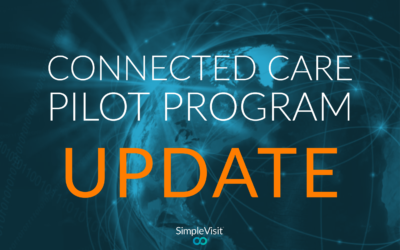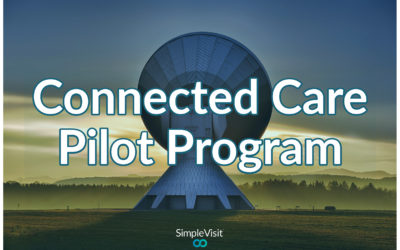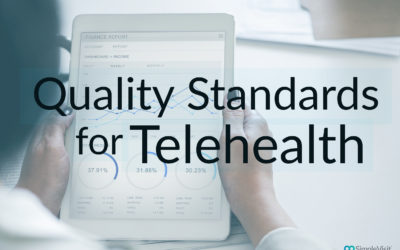
Designing Healthcare in the Age of Millennials and Baby Boomers
The Millennials
Let’s begin our analysis with the younger segment. Expectations among millennials consumers begins and ends with the increasingly essential smartphone. A powerful tool in the pocket of over 85% of millennials, the smartphone is too important to be ignored. When designing healthcare for millennials it is key that physicians keep in mind solutions that engage users through the device that is at the center of their universe. Mobile applications are at the core of a user’s smartphone experience. Mobile applications such as Dexcom G5 for diabetes management and Rise for total wellness empower many thousands of smartphone users toward better lifestyle choices and monitoring. Research shows 69% of college users currently monitor their sugar intake and 66% of users monitor caloric intake using such applications. Healthcare providers would do well to utilize these tools as an extension of their care plan. Mobile applications are often free or low cost to download, which makes it convenient for both patients and providers to test and implement these accessible tools as a means of care.
In a world of likes and favorites, it is easy to see just how important social engagement and approval has become in the age of Millennials. It is now easier than ever to connect individuals with communities across the world, and healthcare is not immune to this phenomenon. Millennials are flocking to anonymous online chatrooms such as healthfulchat.org to bond and discuss the diseases and conditions effecting them among like-minded peers. Guiding millennials to these online communities can be another powerful tool for providers. When offering care to millennials, providers should keep in mind the role peers can play in influencing lifestyle choices by guiding them to healthy communities that are right for them. 82% of millennials tend to favor word of mouth from friends, family, and social media when they’re deciding what to buy if providers can key in on the social communities online that influence millennials most they can net a much larger impact when trying to implement lifestyle changes.
A guiding trend in the next generation of healthcare is its unique integration with the workplace. There is nothing new to employers who pay for healthcare. What is new, however, is the workforce being a provider for healthcare. Large corporations are embracing the cost savings of offering healthcare in house, 15% of companies with 500 or more employees had health centers in 2010, and an increasing number of businesses now contract with telemedicine providers for virtual care in the workplace. Understanding the role of workplace care for everyday checkups and ailments, patient needs will be increasingly important as physicians carry the load for reducing costs and maintaining their patient population’s health. By intervening and providing care that millennials can access without missing work, providers can assure that they are delivering care to patients who cannot afford to miss a day at the office.
Learn how you can use SimpleVisit for secure televisits »
Bridging from millennials to baby boomers we can see one common bond and that is the abundance of information and services now available to patients. More than 70 000 websites disseminate health information; in excess of 50 million people seek health information online creating a healthcare environment which is plagued by those who have a perceived doctorate from WebMd. When designing treatment and care plans in the modern age of care whether you patients or old or young it is important to explain carefully and be open to questions they may have from their searches across the vast sea of health websites and blog posts.
The Baby Boomers
While communication through the smartphone is redefining how providers care for millennials, baby boomers continue to demand a high amount of traditional feedback and guidance. Proper communication has been so lost in the recent shift to “digital medicine” that among all patient demands a doctor that actually listens, ranks the highest in patient satisfaction at 85%. This demand is amplified when it comes to baby boomers who will often have multiple providers and conditions more comprehensive than their millennial counterpart. Allowing baby boomers to use tools such as video visit technology will give them more time and improved access to ask questions and express their concerns with providers. By increasing channels of communication and provider access you can help to improve compliance and patient satisfaction.
While millennial care is characterized by large online social communities, the baby boomer most often finds support from those in their family. Figuring out new ways to engage and involve the family can help boomers to improve their health and better understand their care plans. Providing patients with a caretaker that works online with the family in real time is a new approach that is shifting the landscape of care, so that family members are more informed and involved with day to day care. As a provider making small steps such as emailing visit notes to family members can go a long way in improving the quality of care one receives after they leave the office. Trying to loop in and engage the families can be made easier through the use of video technology which allows multiple parties to connect with the provider at once despite geographic locations.
Moving care to the home is perhaps the biggest challenge in developing care that works for the boomer population. As longevity of life continues to expand and this population continues to age we can expect to see an increasing demand in the spectrum of elderly care, with a smaller and smaller pool of applicants to pay for it. Due to this increase in demand and limits on payment and supply we must shift how we think about care of the boomers to be more at home and lifestyle focused. For home based care many of the principles before will help to ease in this transition, such as improved and new channels of communication or leaning on the family more heavily to support care. Developing care plans that work inside the home are critical in order to control the increasing flow and will lead to a reduction in the cost of care, while improving patient satisfaction.
In conclusion, whether you are designing care for the patients of the future or just trying to figure out how to manage an aging population the same core principles apply. Good communication and relying on the support of others can go a long. So the next time you see a patient think about what their population’s unique needs and how you can adopt to make sure they are happy and taken care of, be it engaging through the smart phone or communicating the visit to the patient’s family and caretakers.
About SimpleVisit
SimpleVisit is a video service which allows patients and providers to connect over the video platform of their choice. With SimpleVisit providers are able to deliver on-demand visits to patients over any device or platform they have available to them. For more information on SimpleVisit and on how we are enabling providers to host virtual visits check out www.SimpleVisit.com
Connected Care Pilot Program Update
Allie Clark | July 12, 2019 | Telemedicine News, Access to Care, Rural Healthcare Telehealth has the potential to be a game-changer in the lives of low-income and rural Americans, for whom access to care is at a crisis level. Unfortunately, accessing the...
Connected Care Pilot Program
On July 11, 2018, the Commissioner of the Federal Communications Commission (FCC) announced that the FCC would soon enact a $100 million program aiming to bring access to telehealth to rural and low-income areas. On August 2nd and 3rd it was adopted and released,...
How Quality Standards will be Measured for Telehealth
At a recent Maryland MGMA event I sat in on an intriguing lecture entitled “The Future of Big Data in MIPS, APMs and MACRA in Maryland”. I was overwhelmed by the plethora of acronyms, statistics, regulations, and comparisons. It was easy to get lost in that sea of...



